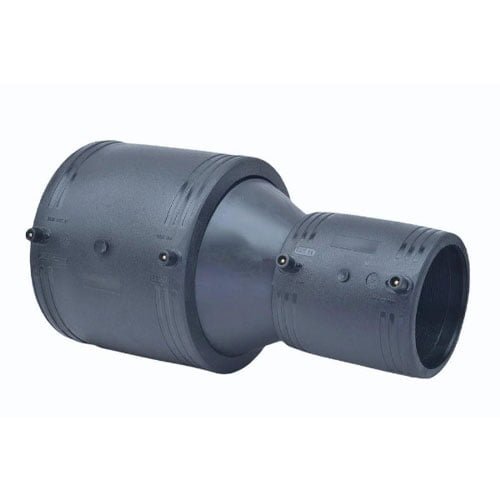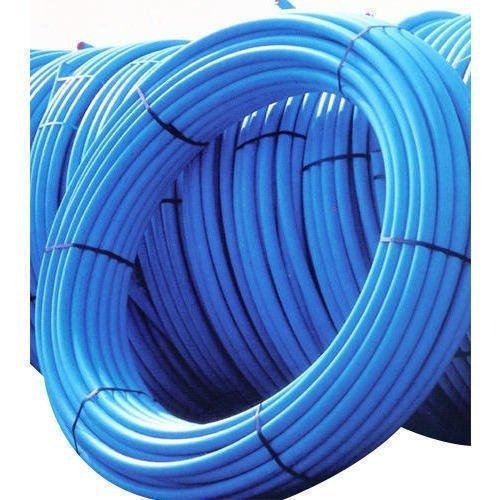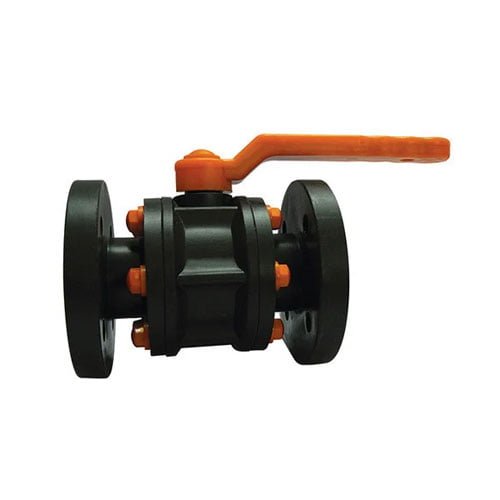Electrofusion welding is a specialized technique used to join thermoplastic pipes and fittings, particularly High-Density Polyethylene (HDPE) pipes, using controlled electrical energy to create a strong, permanent bond. Below is a comprehensive step-by-step guide outlining the procedure for electrofusion welding:
1. Preparation:
- Ensure Safety: Prioritize safety by wearing appropriate personal protective equipment (PPE), including gloves, safety glasses, and protective clothing.
- Inspect Equipment: Verify that all welding equipment, including the electrofusion machine, welding cables, fitting, and pipes, are clean, undamaged, and in proper working condition.
- Prepare Work Area: Select a flat, stable work surface free from moisture, dirt, and debris. Ensure proper ventilation in indoor environments.
2. Pipe and Fitting Preparation:
- Clean Surfaces: Thoroughly clean the outer surface of the pipe and inner surface of the fitting using a suitable cleaning solution and a clean, lint-free cloth. Remove any dirt, grease, or contaminants that could interfere with the welding process.
- Scrape Surfaces: Use a pipe scraper or suitable tool to remove the outer layer of oxidized material from the pipe’s surface and the inner surface of the fitting. This step is essential to ensure proper fusion and bonding between the pipe and fitting.
3. Fitting Installation:
- Align Fitting: Position the electrofusion fitting squarely between the ends of the pipes to be joined, ensuring proper alignment and fit.
- Secure Fitting: Use clamps or other appropriate methods to hold the fitting firmly in place during the welding process. This prevents movement or misalignment that could affect the quality of the joint.
4. Welding Procedure:
- Connect Welding Equipment: Connect the electrofusion welding machine to a suitable power source according to the manufacturer’s instructions. Ensure proper grounding to prevent electrical hazards.
- Set Welding Parameters: Adjust the welding machine settings, including voltage, current, and fusion time, based on the pipe size, material, and ambient conditions. Refer to the manufacturer’s guidelines or welding parameter charts for recommended settings.
- Insert Electrofusion Wire: Insert the electrofusion wire or heating coil into the designated ports on the fitting, ensuring proper placement and alignment. The wire serves as a heating element during the welding process.
- Start Welding Cycle: Initiate the welding cycle by activating the electrofusion machine according to the specified parameters. The machine will apply controlled electrical energy to the heating coil, causing the material to melt and fuse with the pipe and fitting surfaces.
- Monitor Fusion Process: During the welding cycle, closely monitor the fusion process to ensure uniform heating and proper fusion between the pipe and fitting materials. Observe any indicators or alarms on the welding machine for potential issues.
5. Cooling and Solidification:
- Complete Welding Cycle: Allow the welding machine to complete the designated fusion cycle, ensuring sufficient heating and bonding between the pipe and fitting surfaces.
- Cooling Time: After the fusion process is complete, allow the welded joint to cool and solidify for the specified duration. Avoid disturbing the joint during this time to prevent premature failure.
6. Inspection and Testing:
- Visual Inspection: After cooling, visually inspect the welded joint for any signs of defects, such as incomplete fusion, voids, or irregularities. Ensure that the joint appears uniform and free from visible flaws.
- Pressure Testing (Optional): Conduct a pressure test on the welded joint to verify its integrity and leak-tightness, if required by project specifications or industry standards. Follow established procedures for pressure testing and record the results accordingly.
7. Documentation and Quality Assurance:
- Record Keeping: Maintain detailed records of the electrofusion welding process, including welding parameters, inspection results, and any deviations from standard procedures. This documentation is essential for quality assurance and compliance purposes.
- Certification and Training: Ensure that personnel performing electrofusion welding are properly trained and certified in accordance with industry standards and regulatory requirements. Ongoing training and competency assessments are critical for safe and effective welding operations.
By following these electrofusion welding instructions diligently and adhering to best practices, practitioners can achieve high-quality, reliable joints that meet the stringent demands of modern infrastructure projects. Constant vigilance, proper training, and adherence to manufacturer guidelines are essential for ensuring the integrity and longevity of electrofusion-welded pipe systems.








